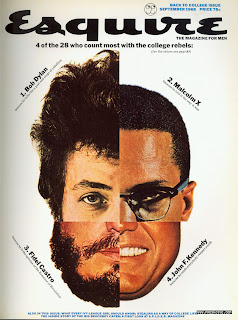Although
American modernist design originated in European modernist design, it quickly
developed a uniquely American approach. What are the differences between
European and American modernist design, as represented by the so-called New
York School, including the influences of American culture and society? Identify
designers of the New York School who introduced unique approaches to modernist
design, and cite specific examples of their work (URLs) that aren’t found in
Meggs’s A History of Graphic Design to support your discussion.
A few designs reflective of the period to offer you some inspiration:
New York School Innovators
Paul Rand was an American graphic designer, best known for his corporate logo designs, including the logos for IBM, UPS, Enron, Westinghouse, ABC, and NeXT.
Saul Bass was an American graphic designer and filmmaker, perhaps best known for his design of film posters and motion picture title sequences.
George Lois is an American art director, designer and author. Lois is perhaps best known for the covers he designed for Esquire magazine from 1962 to 1972.
Alvin Lustig was an American book designer, graphic designer and typeface designer. He studied at Los Angeles City College, Art Center, and independently with Frank Lloyd Wright and Jean Charlot. He began designing for books in 1937.
























































